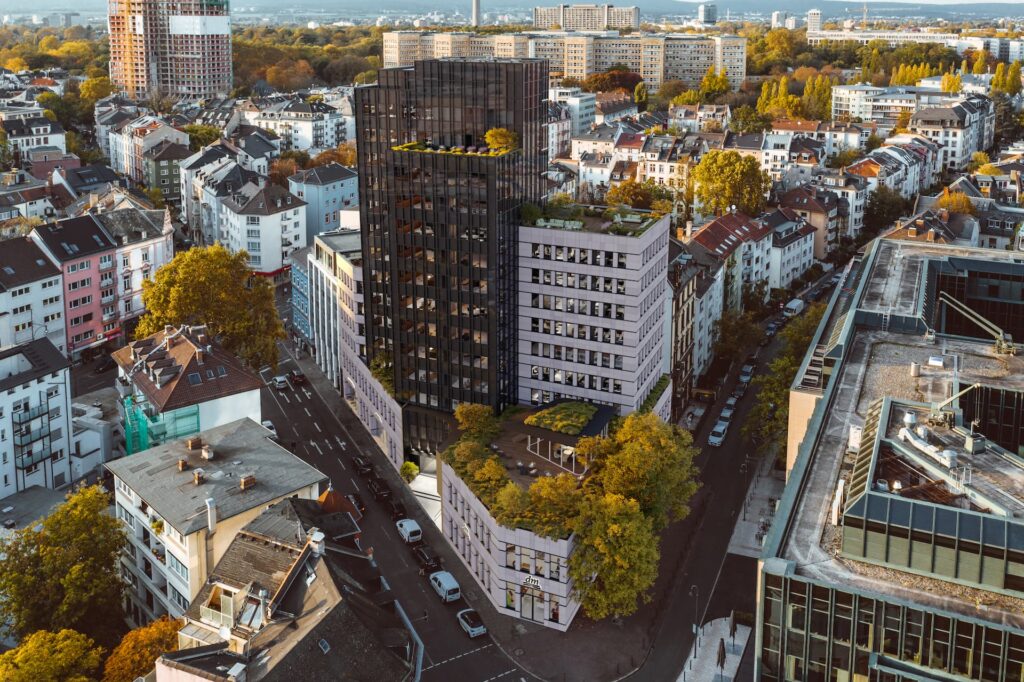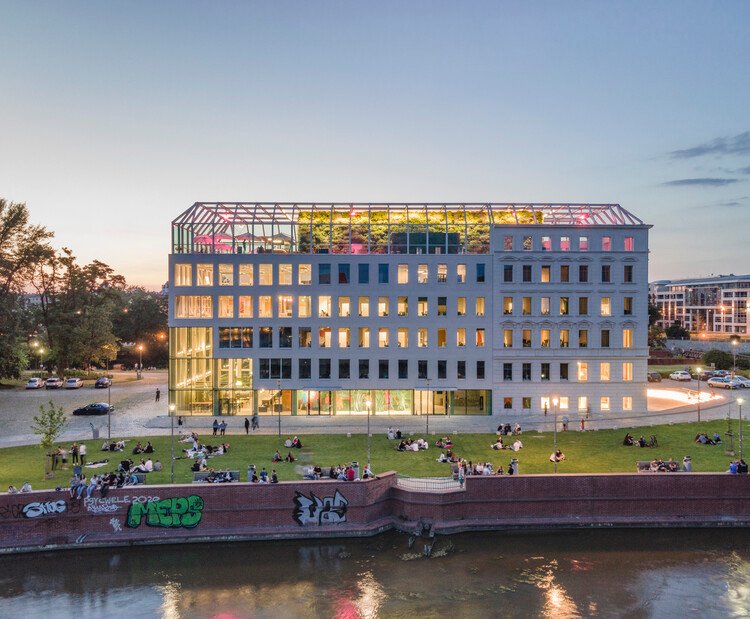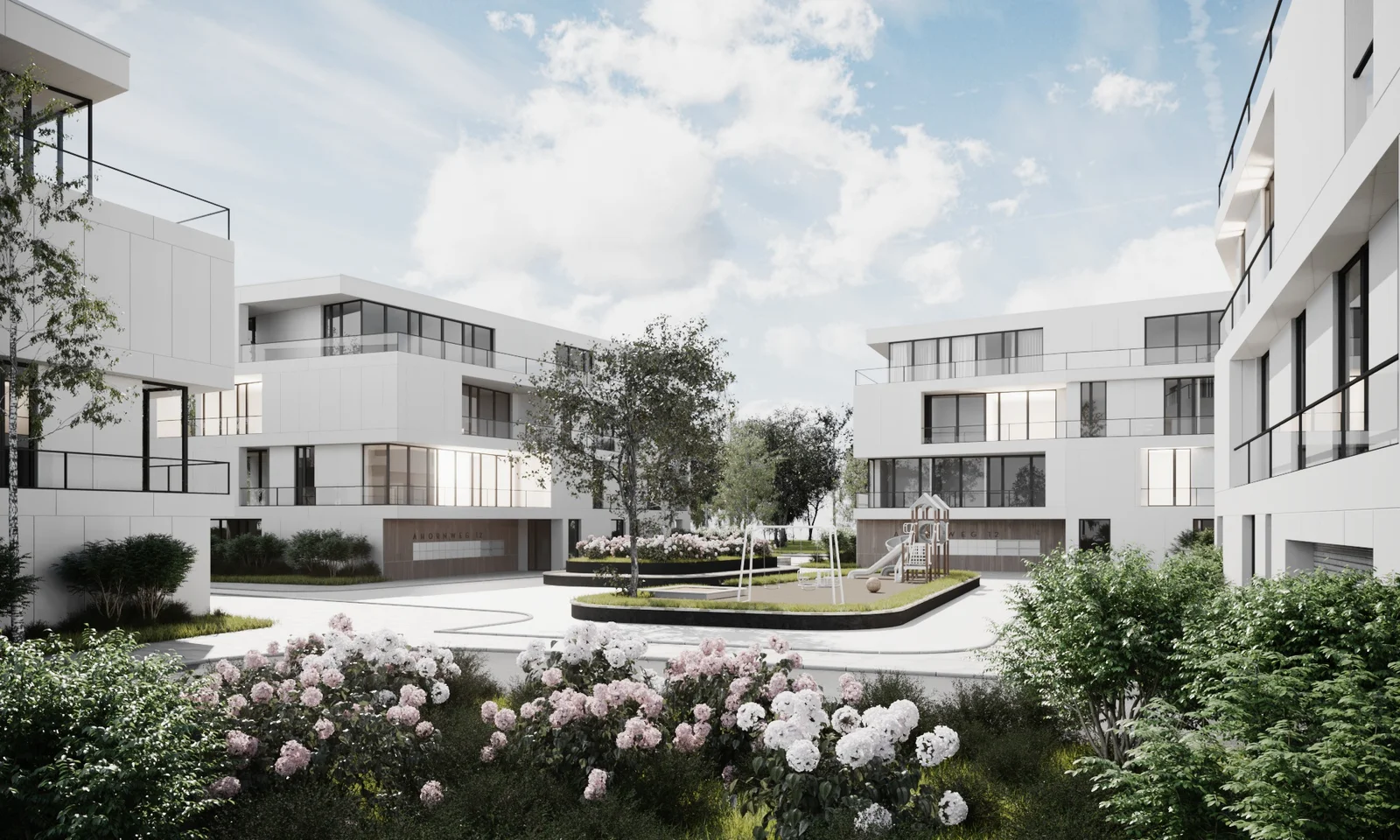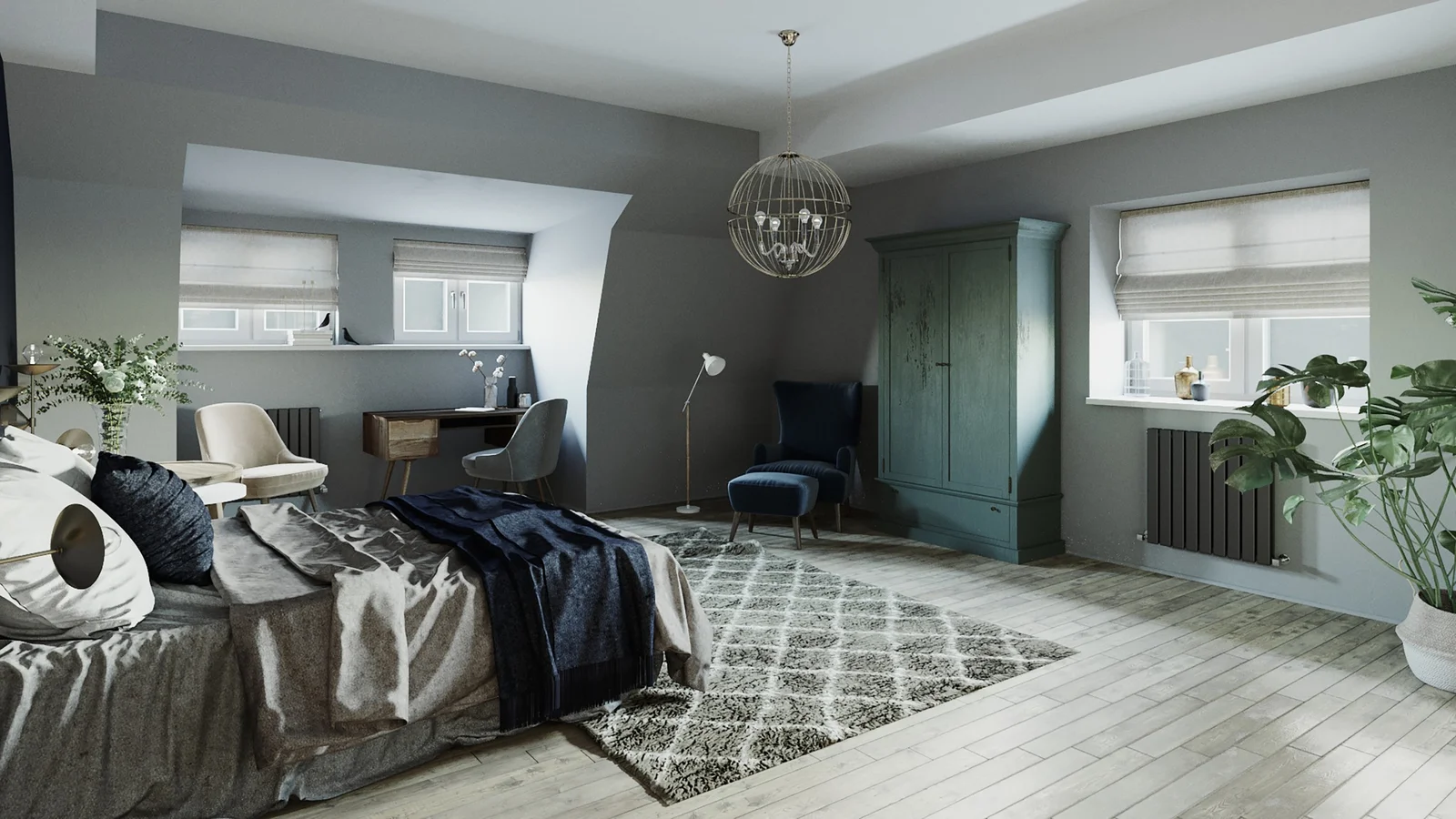Using AI to Automate Material Texturing in Architectural Visualization
Artificial Intelligence (AI) is a transformative technology that has been adopted by various industries, including architectural visualization. It is no secret that AI has the potential to significantly streamline workflows and enhance output quality, particularly in the area of material texturing. This blog post explores how AI can be utilized to automate material texturing processes in architectural visualization, thereby saving time, resources, and improving the overall visual quality of architectural renderings.
Understanding the Role of Material Texturing in Architectural Visualization
Before delving into how AI can automate material texturing, it is crucial to understand the role of material texturing in architectural visualization. Material texturing is a vital aspect of creating high-quality, realistic visualizations that can accurately represent an architectural design.
What is Material Texturing?
Material texturing refers to the process of creating detailed surfaces for the 3D models used in architectural visualization. This involves applying various textures such as wood, concrete, glass, or grass to the 3D models to make them appear realistic. The quality of the texture significantly impacts the overall realism and aesthetic appeal of the architectural visualization.
Why is Material Texturing Important in Architectural Visualization?
Material texturing plays a critical role in architectural visualization for several reasons. First, it adds depth and realism to the 3D models, making them more visually appealing. Second, it provides architects and clients with a better understanding of how different materials will look in the final construction. Lastly, accurate material texturing can help to avoid costly mistakes and revisions during the construction phase, as it gives a clear and detailed preview of the expected outcome.
How AI Improves Material Texturing in Architectural Visualization
Efficiency and Speed with AI
One of the most significant benefits of using AI to automate material texturing in architectural visualization is the drastic increase in efficiency and speed. Artificial Intelligence algorithms can quickly analyze image data, understand the patterns and textures, and apply them accurately to 3D models. This process, which could take hours if done manually, can be completed in a matter of minutes with AI. This not only saves valuable time but also allows for faster turnaround times on projects, which can be a significant advantage in the competitive field of architectural design.
Enhanced Precision and Consistency
Another advantage of using AI in material texturing is the level of precision and consistency it brings to the table. AI algorithms can analyze and replicate textures with a degree of accuracy that is difficult to achieve manually. They can identify subtle variations in texture and color that might be overlooked by the human eye. Moreover, once an AI algorithm has learned a particular texture, it can replicate it with perfect consistency across different models and projects. This ensures a level of uniformity in the visualizations that can be very appealing to clients.
Implementing AI in Material Texturing Process
Training the AI
The first step in using AI to automate material texturing involves training the AI algorithm. This process usually involves feeding the algorithm a large number of images or 3D models with different textures. The AI algorithm analyzes these images, learns to recognize various textures, and understands how to apply them to 3D models. This training process may take some time initially, but once the AI is well-trained, it can handle texturing tasks with remarkable speed and efficiency.
Integrating AI into Existing Workflows
Once the AI has been trained, the next step is to integrate it into existing workflows. This usually involves setting up the AI algorithm to process 3D models automatically as they are created or modified. Depending on the specific AI solution, this integration may involve some programming or scripting. However, many AI tools for architectural visualization offer user-friendly interfaces and easy integration with popular 3D modeling software, making the transition smoother.
Remember, the goal of using AI to automate material texturing is not to replace human designers but to enhance their capabilities. AI can handle the tedious, time-consuming aspects of texturing, freeing designers to focus on more creative and strategic aspects of the design process.## H2: How AI Improves Material Texturing in Architectural Visualization
Efficiency and Speed with AI
One of the most significant benefits of using AI to automate material texturing in architectural visualization is the drastic increase in efficiency and speed. Artificial Intelligence algorithms can quickly analyze image data, understand the patterns and textures, and apply them accurately to 3D models. This process, which could take hours if done manually, can be completed in a matter of minutes with AI. This not only saves valuable time but also allows for faster turnaround times on projects, which can be a significant advantage in the competitive field of architectural design.
Enhanced Precision and Consistency
Another advantage of using AI in material texturing is the level of precision and consistency it brings to the table. AI algorithms can analyze and replicate textures with a degree of accuracy that is difficult to achieve manually. They can identify subtle variations in texture and color that might be overlooked by the human eye. Moreover, once an AI algorithm has learned a particular texture, it can replicate it with perfect consistency across different models and projects. This ensures a level of uniformity in the visualizations that can be very appealing to clients.
Implementing AI in Material Texturing Process
Training the AI
The first step in using AI to automate material texturing involves training the AI algorithm. This process usually involves feeding the algorithm a large number of images or 3D models with different textures. The AI algorithm analyzes these images, learns to recognize various textures, and understands how to apply them to 3D models. This training process may take some time initially, but once the AI is well-trained, it can handle texturing tasks with remarkable speed and efficiency.
Integrating AI into Existing Workflows
Once the AI has been trained, the next step is to integrate it into existing workflows. This usually involves setting up the AI algorithm to process 3D models automatically as they are created or modified. Depending on the specific AI solution, this integration may involve some programming or scripting. However, many AI tools for architectural visualization offer user-friendly interfaces and easy integration with popular 3D modeling software, making the transition smoother.
Remember, the goal of using AI to automate material texturing is not to replace human designers but to enhance their capabilities. AI can handle the tedious, time-consuming aspects of texturing, freeing designers to focus on more creative and strategic aspects of the design process.







